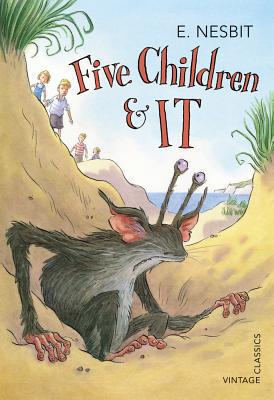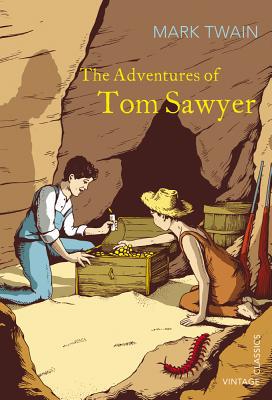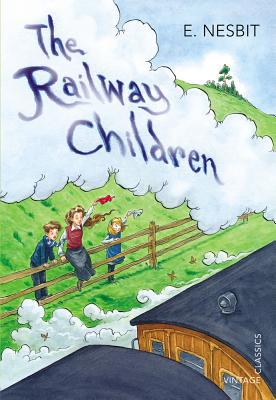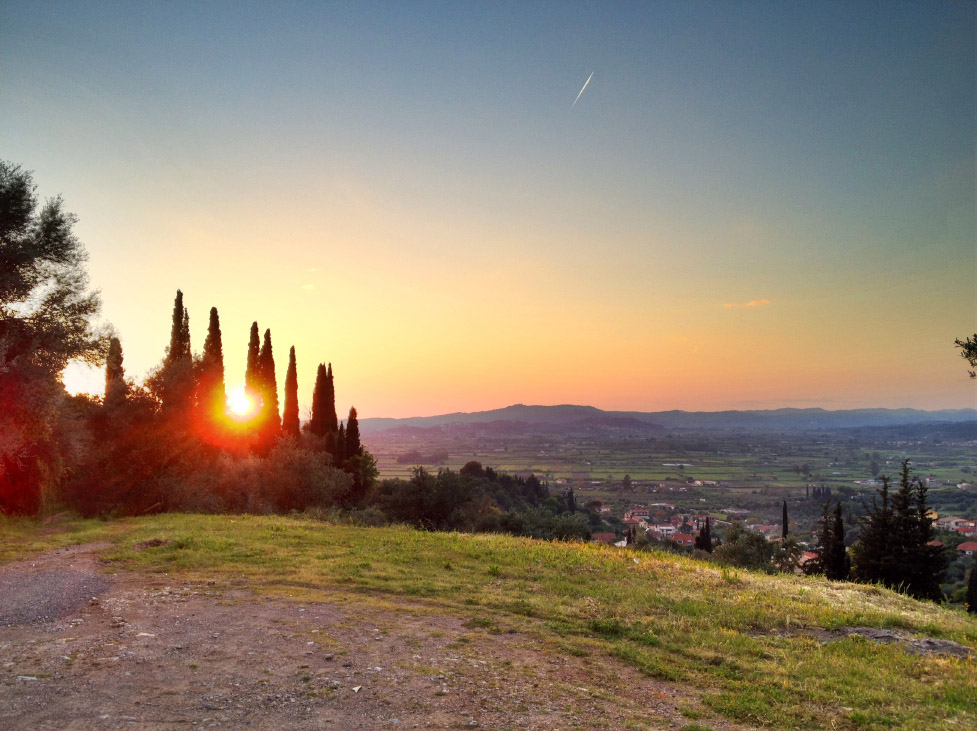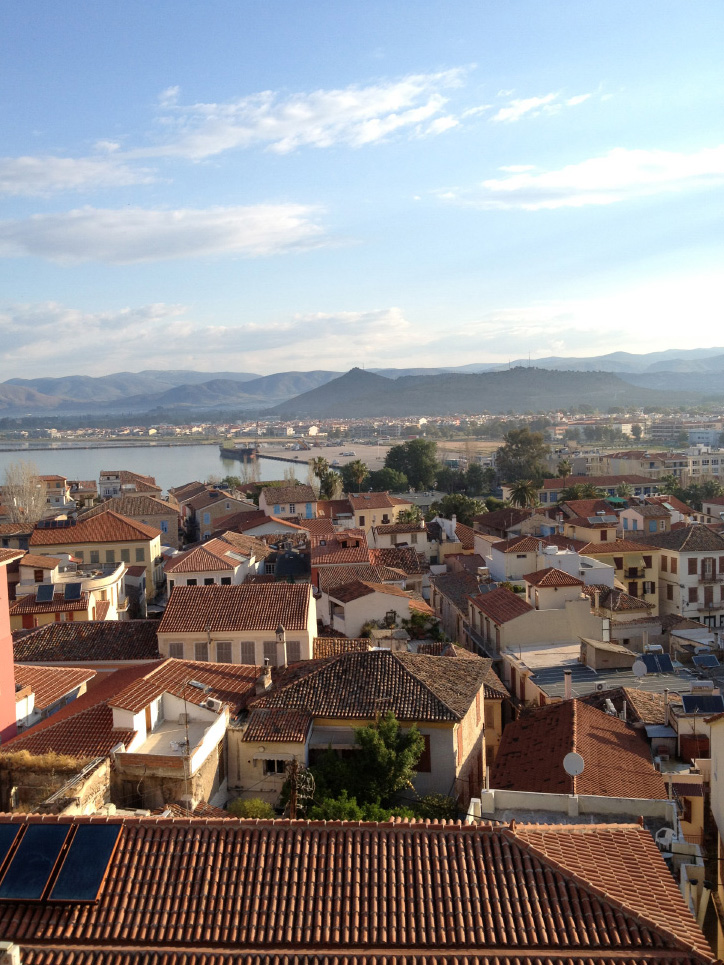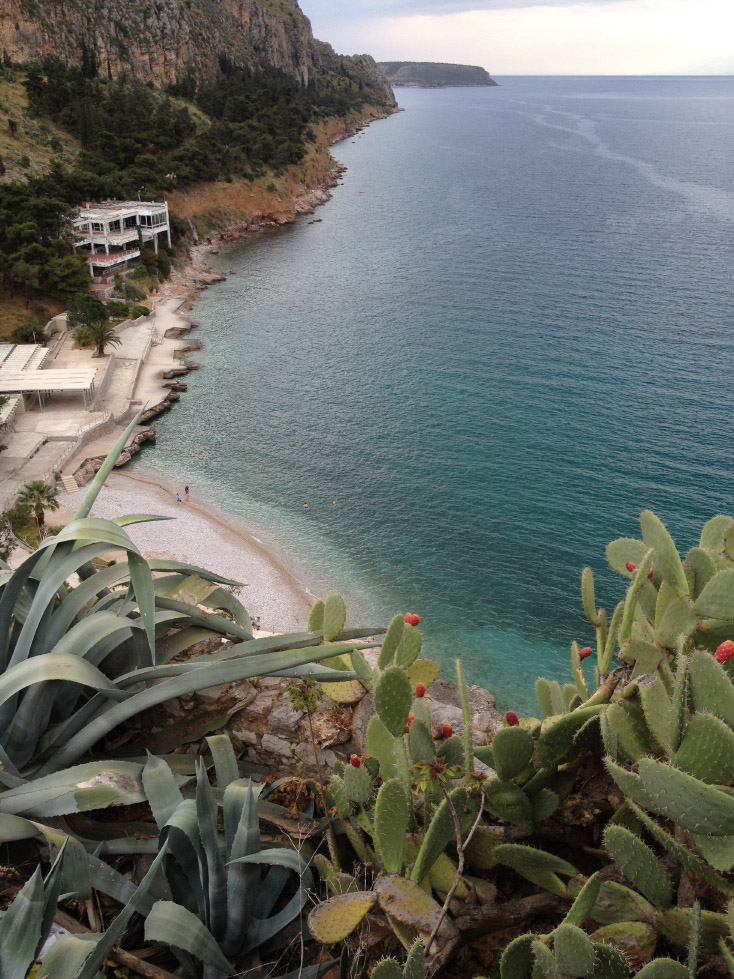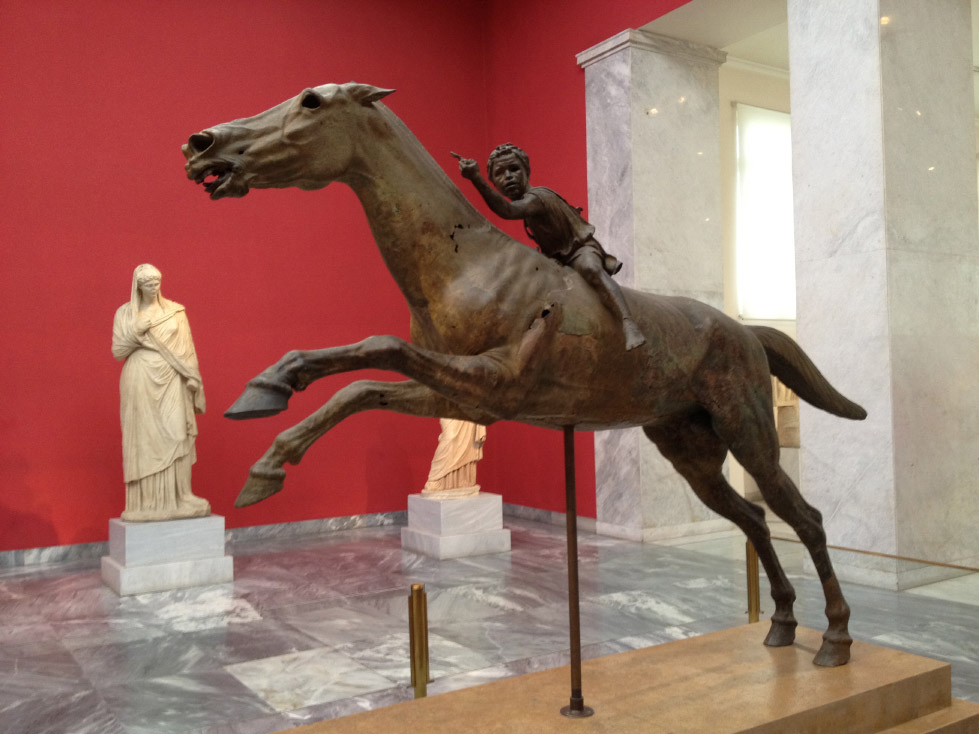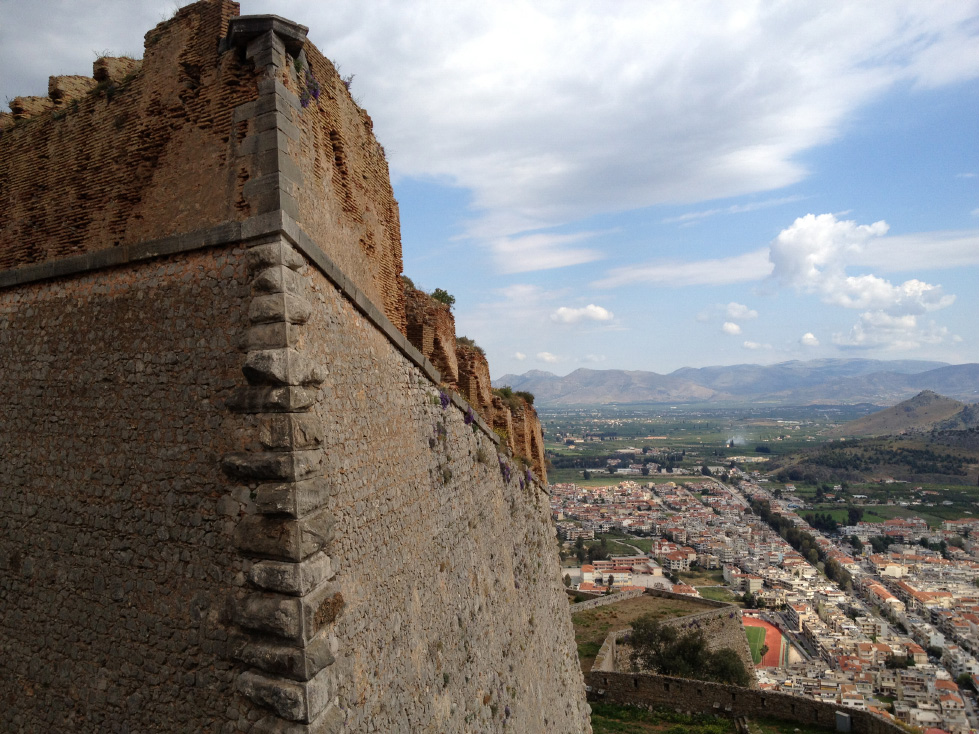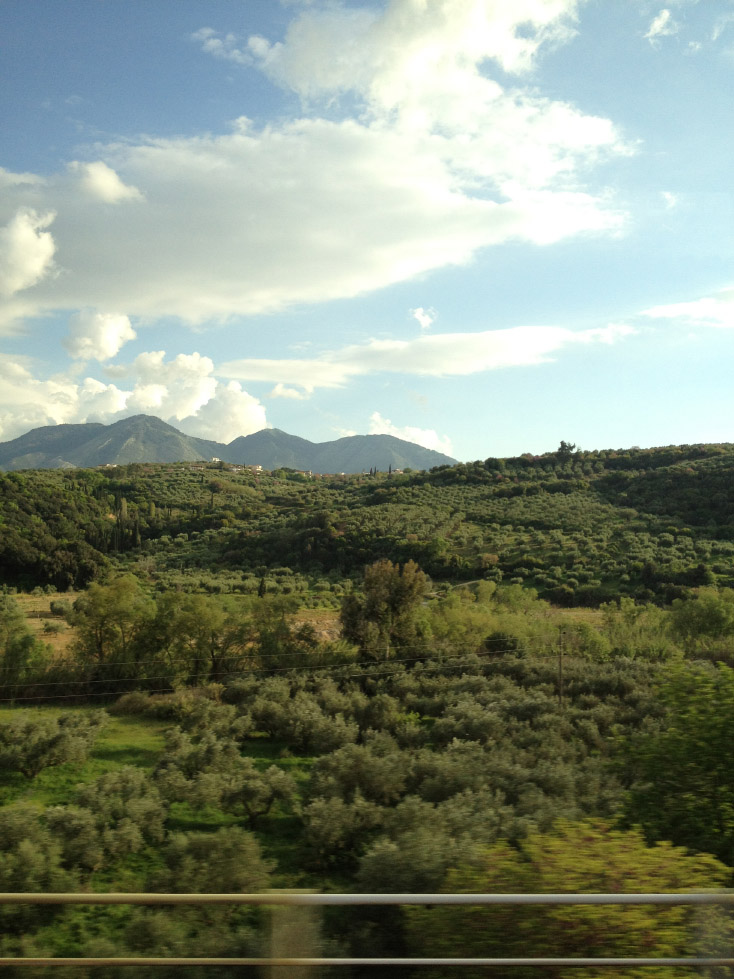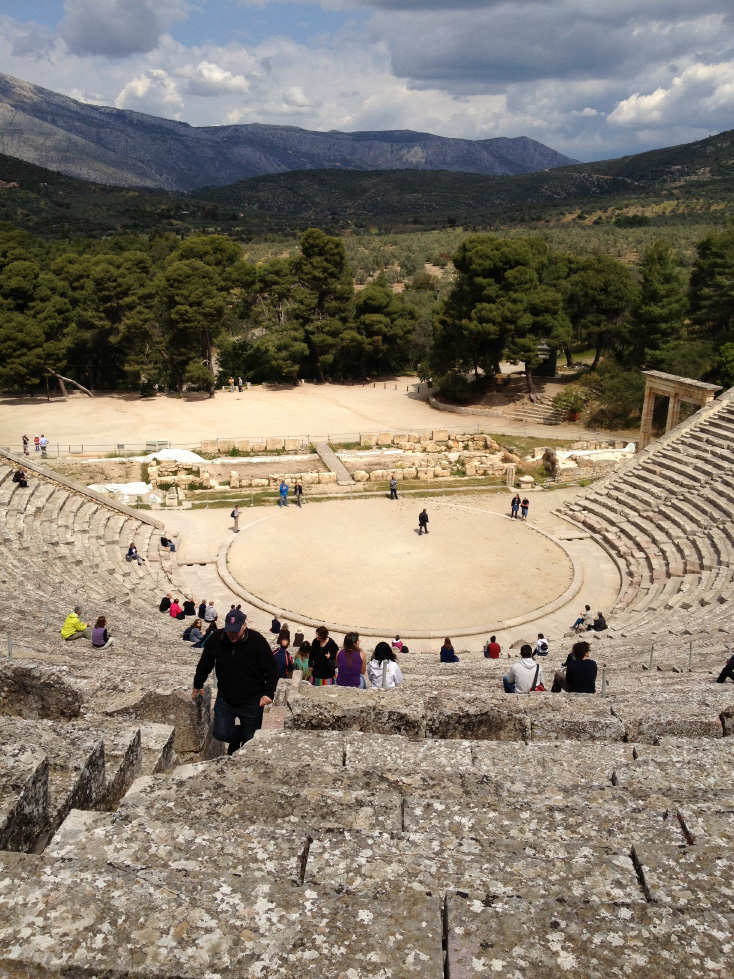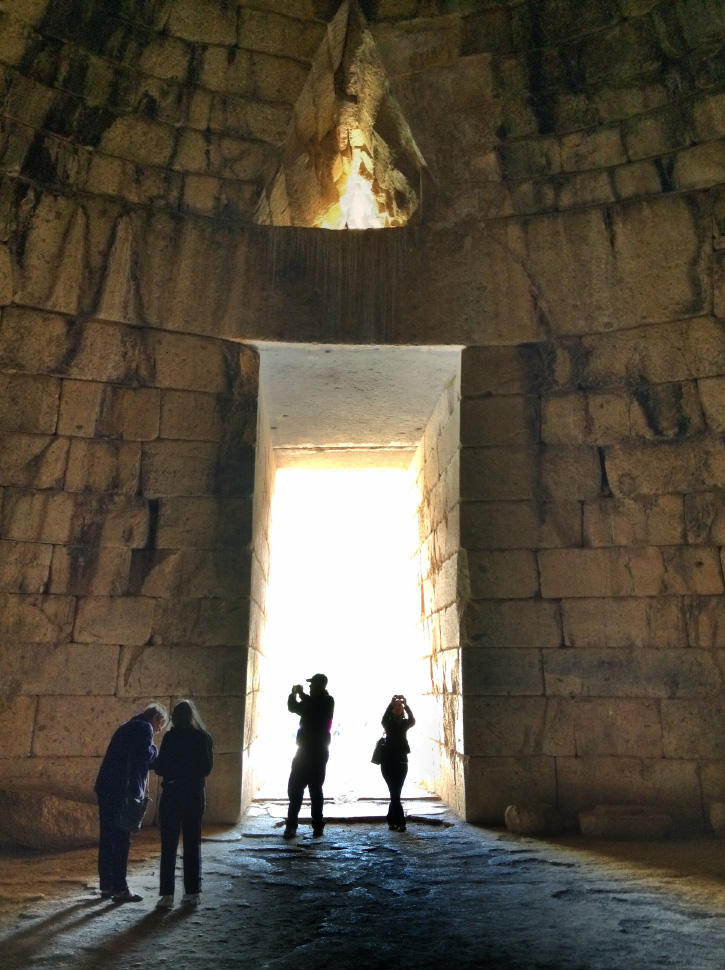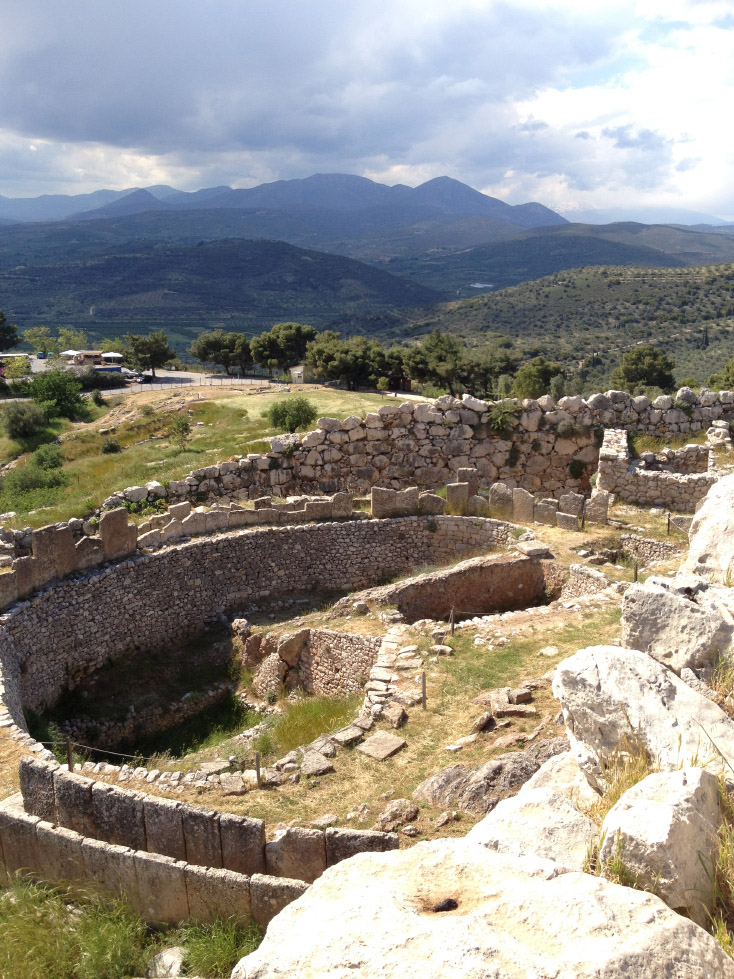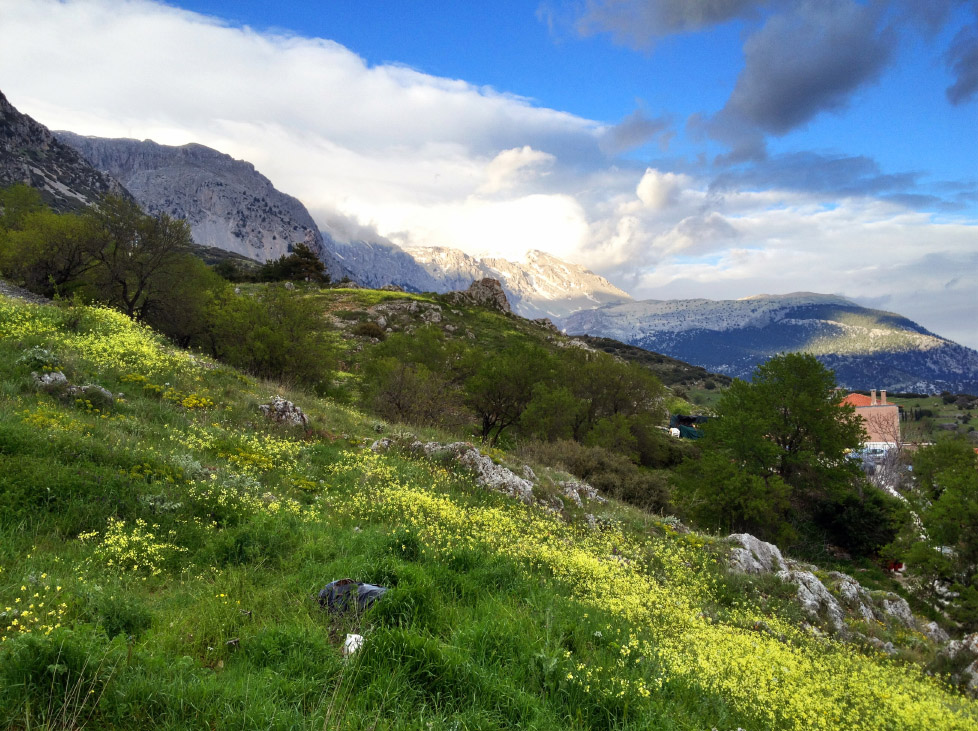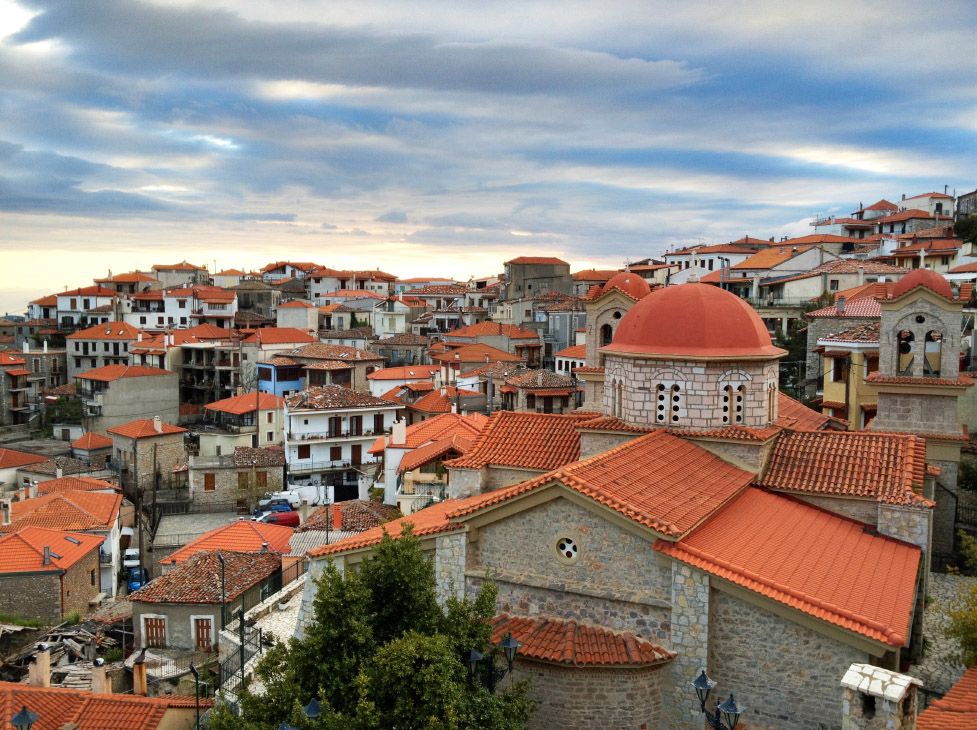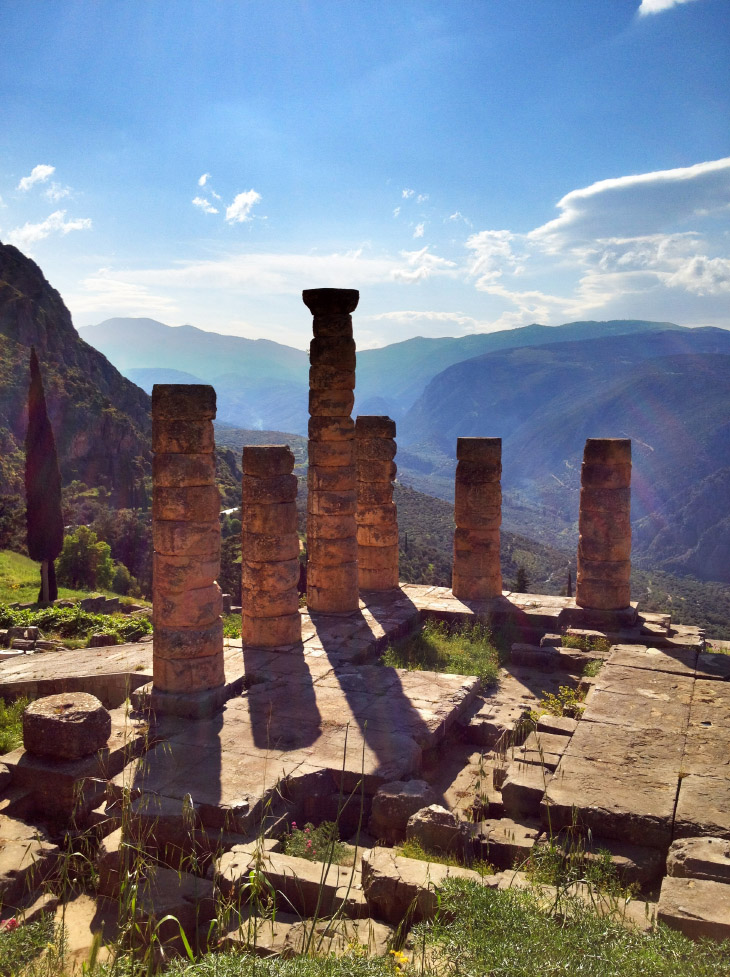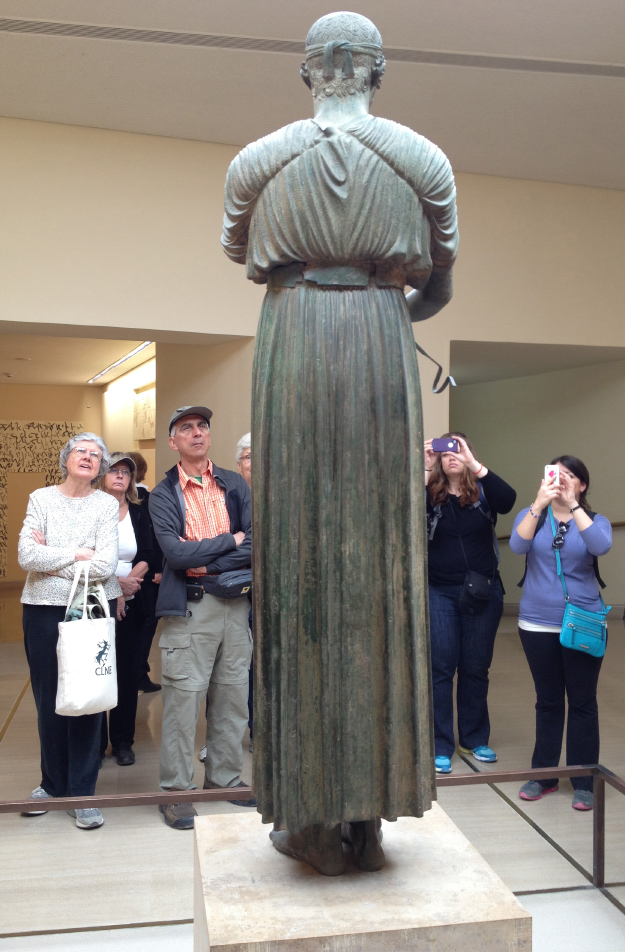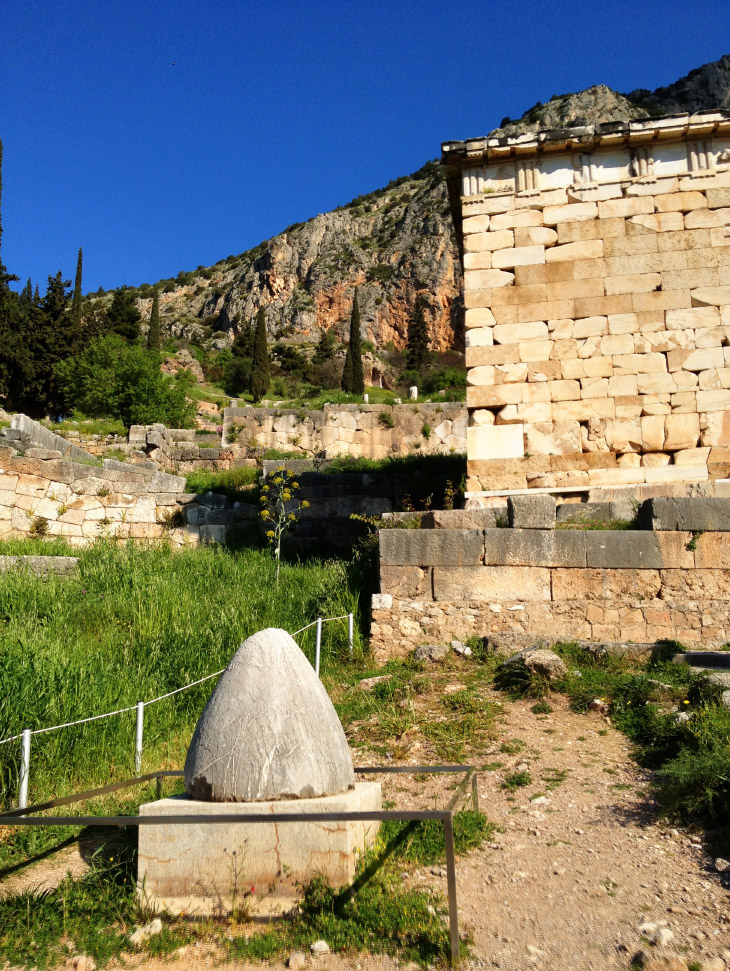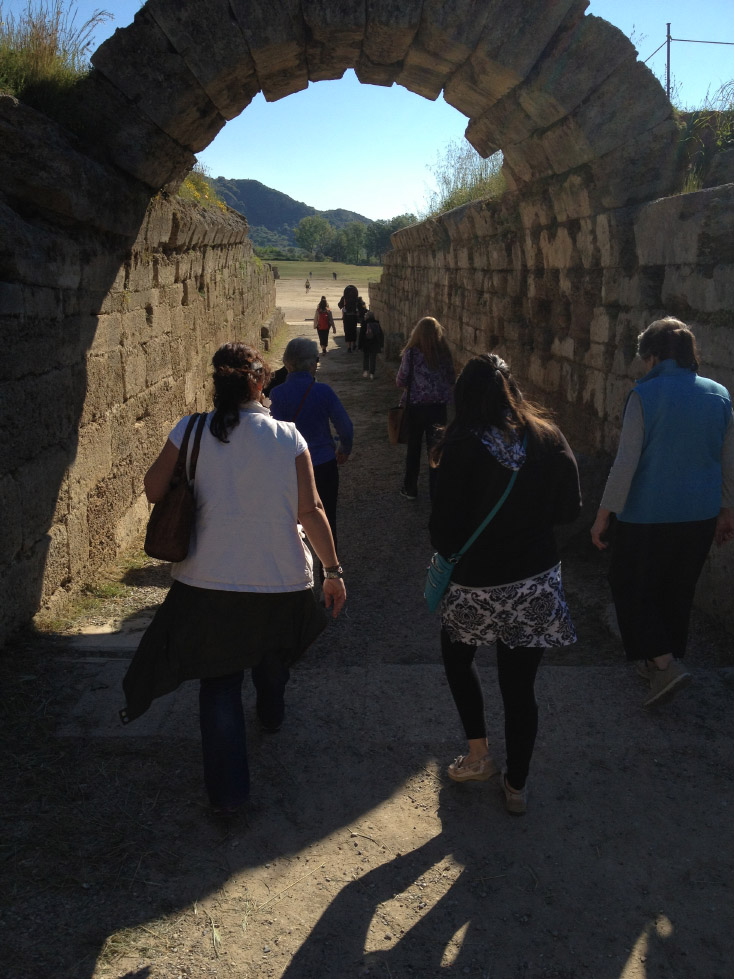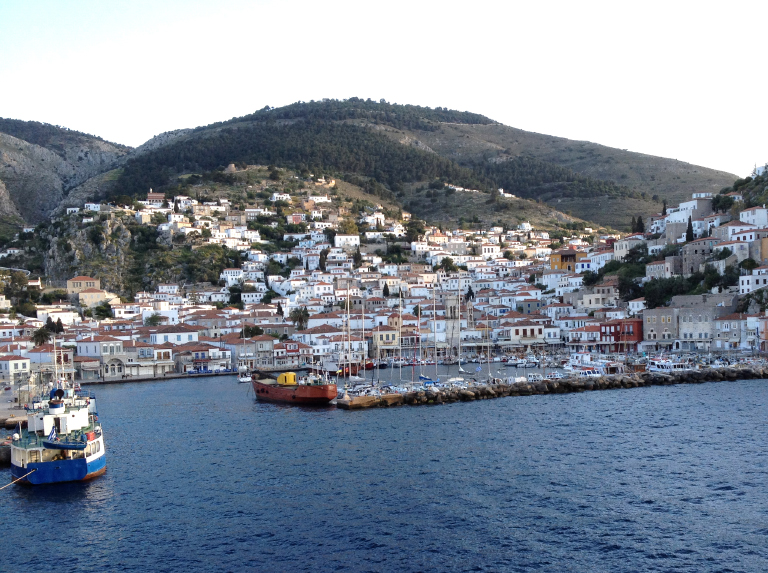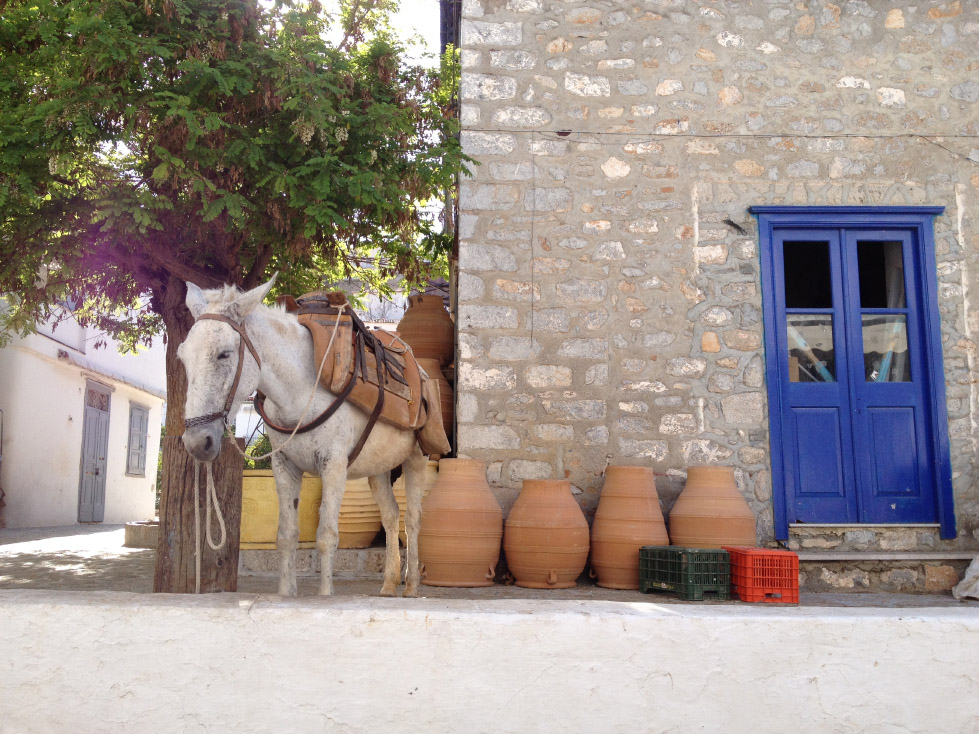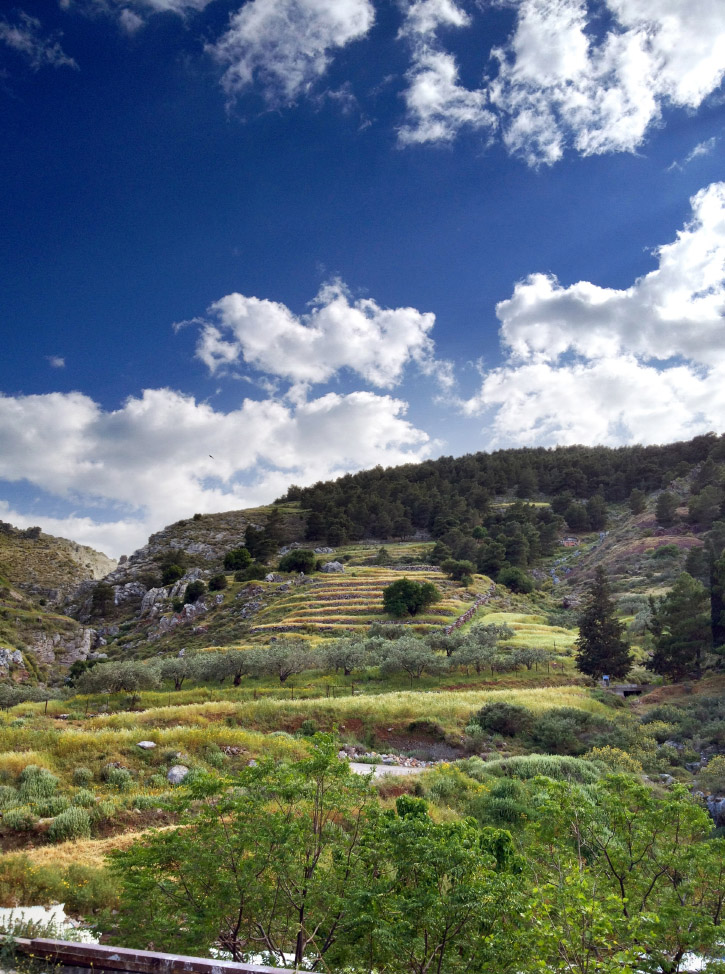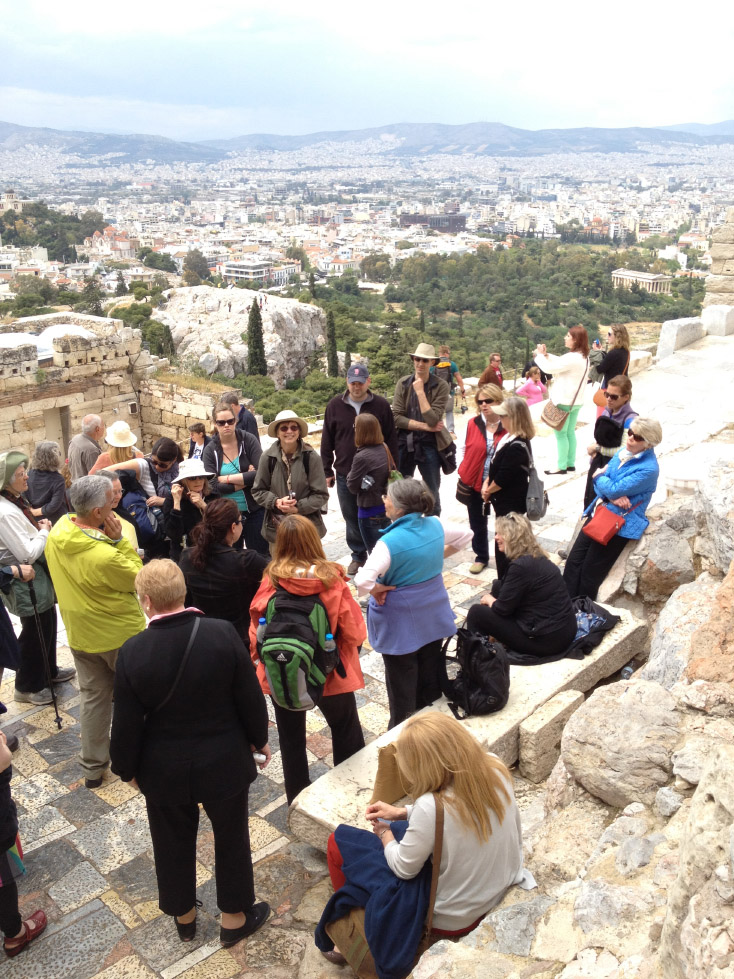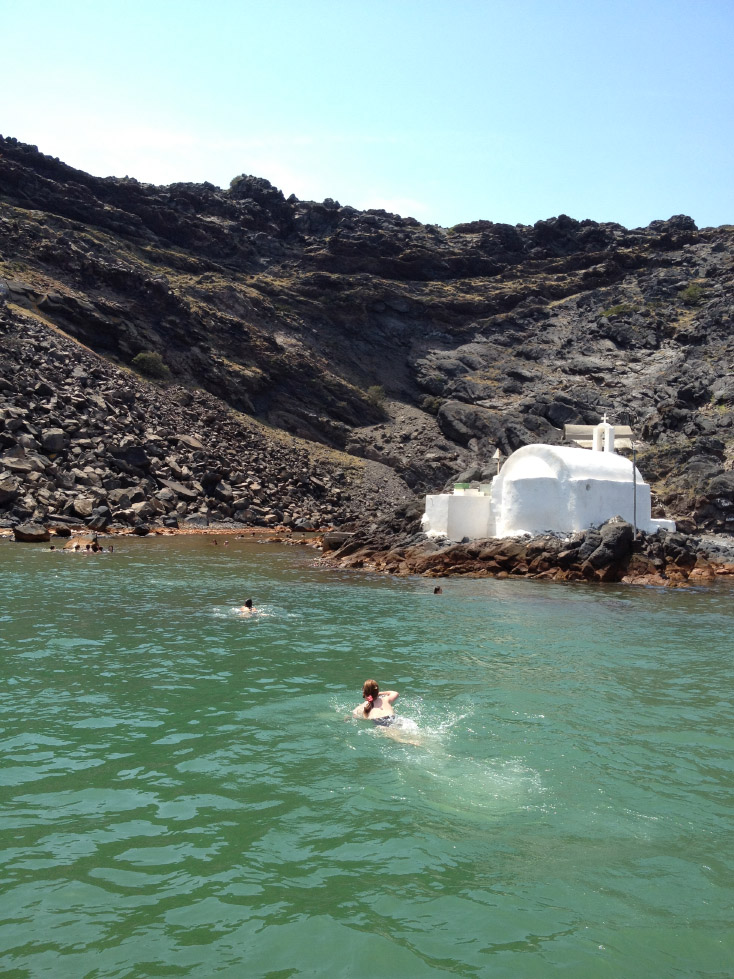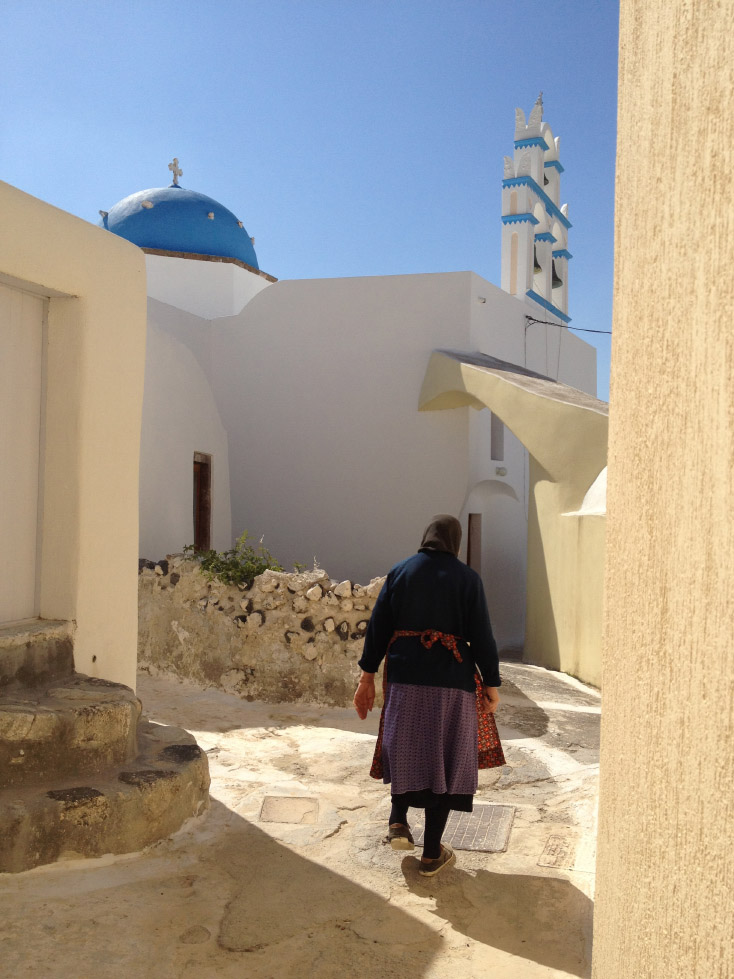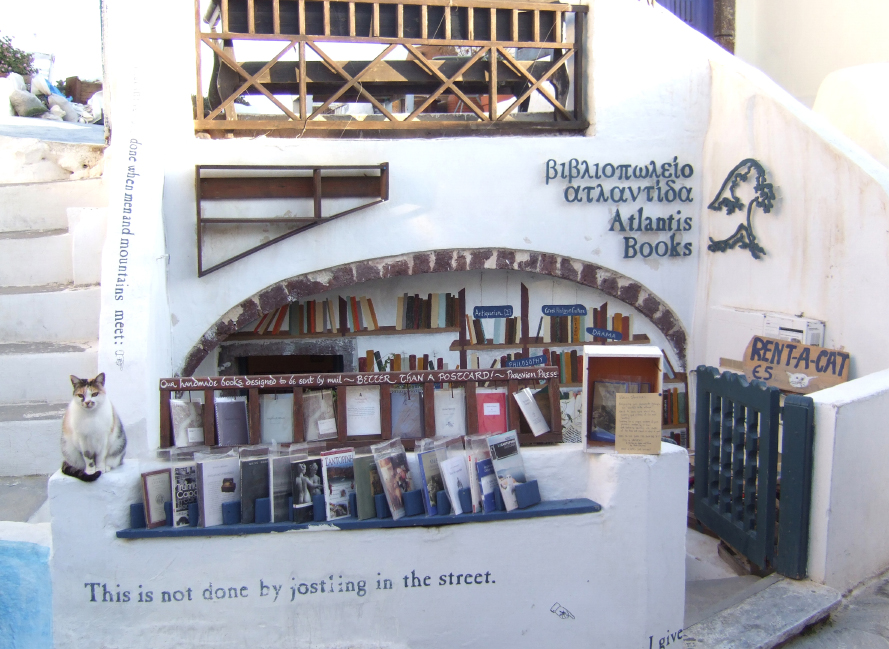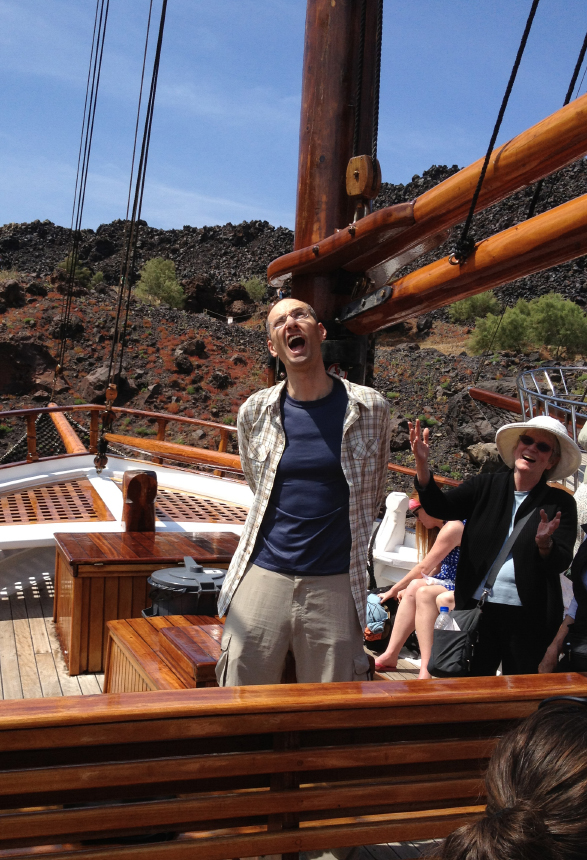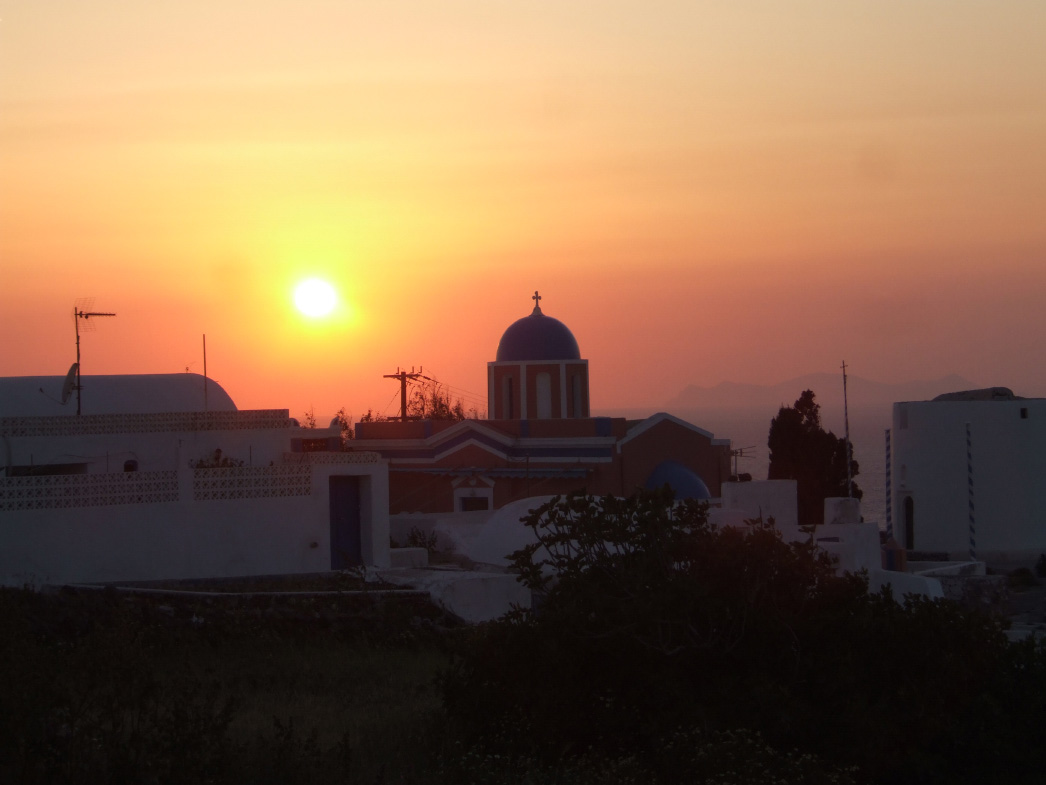I skipped BookExpo this year and am blogging this week while Elizabeth is at the show. She will be recapping all the events next week.
The past Wednesday was the last story hour for our staffer JP, who is retiring. All the little kids knew it was her last time, as she had told them the week earlier. Parents and caregivers came with bags of goodies for JP, and some of the older children looked sad. One of the older girls, Belle, who is three, just could not bring herself to hug JP goodbye, and settled instead on a high-five.
 Our Wednesday story hours have just grown and grown over the years under JP’s capable hands. Last year we had a monthly Vermont author/illustrator guest for story hour that was enormously successful. This past year JP has added a small craft for the kids to do. It’s hard to know the right craft because you never know the ages of the kids ahead of time, but she always managed to find something all the little hands could participate in. Her reading style is engaging and she spent a lot of time thinking hard about the right books to read for the anticipated mix of regulars. Sometimes, a week ahead there would be a stack of picture books on the back counter with a post-it: JP’s story hour books.
Our Wednesday story hours have just grown and grown over the years under JP’s capable hands. Last year we had a monthly Vermont author/illustrator guest for story hour that was enormously successful. This past year JP has added a small craft for the kids to do. It’s hard to know the right craft because you never know the ages of the kids ahead of time, but she always managed to find something all the little hands could participate in. Her reading style is engaging and she spent a lot of time thinking hard about the right books to read for the anticipated mix of regulars. Sometimes, a week ahead there would be a stack of picture books on the back counter with a post-it: JP’s story hour books.
I’ve seen story hour go from one child to sometimes 10 kids a week. And I’ve blogged about this before, so I’ll just touch on it here: story hour is about 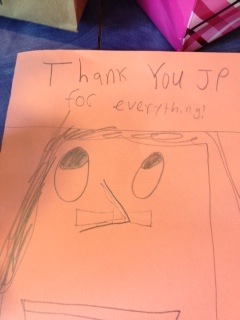 making a lasting connection with kids and their families. This turns into real relationships as evidenced by the number of parties JP got invited to, and the number of holiday cards and presents she got. The counter was brimming with gift bags, plants and cards on Wednesday as a thank you to JP. And, almost all story hour families are book buyers, which is a lovely bonus.
making a lasting connection with kids and their families. This turns into real relationships as evidenced by the number of parties JP got invited to, and the number of holiday cards and presents she got. The counter was brimming with gift bags, plants and cards on Wednesday as a thank you to JP. And, almost all story hour families are book buyers, which is a lovely bonus.
So, starting next week, Elizabeth and I will alternate weeks to do story hour. We know we have big shoes to fill and hope we can continue to build what JP has already done.
Just in case, we’ve already made plans for JP to come back once a month starting in the fall.
Monthly Archives: May 2013
Ways to Get a Bookstore To Give You Money
Josie Leavitt - May 30, 2013
As the school year draws to a close there is always that last-minute flurry of silent auctions, benefits and other school functions that send folks into the bookstore looking for donations. After 17 years in business I wanted to share some very simple do’s and don’ts for this process.
– Do send someone to the store to ask for the donation who actually shops at the store. There is nothing more disheartening than someone coming in and looking around while I’m getting their donated gift card and saying, “Wow, great store. I’ve never been here before.” Bookstores, or most any other retail establishments for that matter, are not rolling in money that they just give away. We are far more likely to give to someone we know.
– Do not ask for a donation after we’ve already given one in another way. For instance, I just did a big comedy show for two local PTOs and less than a week later someone, who clearly didn’t know about my connection to the comedy show, asked for a donation. I said no because that particular school had just received $800 from me for the show. I really felt like asking me to give again was a little thoughtless. Plus, it reinforced that sometimes not every person knows what’s really going on and they really should before they embark on asking folks for money.
– Do have the kids ask. If there is a fundraising drive for the third grade for new materials, please send the kids to the store. It’s adorable to see the kids work together on who says what, and honestly, it’s fun to see them act all grown-up. Plus, I think it’s important for them to make the link that their favorite stores are working with them on enriching their school. Also, there are very few people who can flat-out say no to a child asking for a donation for the class trip.
– Don’t ask for anything if the store is slamming busy. Come back later and try again. Interrupting a busy bookseller to ask for a donation is thoughtless and an almost assured way of getting back a no.
– Do make sure your cause makes sense for a bookstore to give money to. Not every business is a good fit for your charity. And if your raffle winner lives 50 miles away, he is not very likely to use the card. Be selective about who you approach.
– Lastly, do understand that we give what we can. While we wish every gift card were for $50, that’s just not realistic. Do not audibly groan when told a $20 gift card is what we can give. All retail establishments are doing the best they can to balance community activism and staying in business.
It’s Starting to Look Like Summer
Josie Leavitt - May 29, 2013
I do love the last two weeks of the school year. It’s finally warm enough for all the kids to not only bike home from school, but to stop for a creemee. If you don’t know what this is, you haven’t spent any time in Vermont in the summer. Creemees are our version of soft serve ice cream that is usually only available during the warmer months.
I walk a lot around town and I noticed two things on my walk today. Almost all the kids were bicycling while eating ice cream cones and many had our Flying Pig Bookstore handled bag swinging from their handlebars. They stopped for a book then worked their way down the block to the creemee stand.
The pure joy on these kids’ faces was just the picture of summer. Carefree and happy that the day was over and the fun could begin, these kids all chose food and books. I was catapulted back to my childhood. There was a great penny candy store housed in a bookstore in the town I grew up. What a great idea, I thought the first time I went in. Candy and books!!!!! I rode home with my books in a handled bag swinging from handlebars while eating gummy bears. I loved that my bookstore is part of that same joyous experience for the kids in town.
You Know a Book’s Good When…
Elizabeth Bluemle - May 24, 2013
Some books get you in their talons and won’t let go. You know a book has you in its grip when…
… you choose to make risotto for dinner because all that stirring will buy you reading time.
… you find yourself hauling your laundry bag, plastic tub, detergent, and sack of quarters all in one hand so you can hold your book with the other.
… you ignore texts and phone calls you actually should take because the pages are just too compelling.
I could have made up funnier, more extreme examples, but all three of these really happened the other day when I was reading Chris Crutcher’s Period 8. I have always been a Crutcher fan, but hadn’t read a book of his in a while. In fact, the last one may have been his HILARIOUS memoir of childhood, King of the Mild Frontier: An Ill-Advised Autobiography. So this new Chris Crutcher was a hot item staring out at me from my galley shelves, and I snapped it up — and then couldn’t stop. It’s got all the chewy goodness of a Crutcher teen athlete novel, ramped up with a mystery that unfolds in a most creepy way. Won’t say too much more about the plot because then you’ll feel you’ve read it, and that would be a big loss for your soup-stirring, laundry-sorting afternoon.
I’ve always loved how this author manages to tread teenage territory realistically, neither pretending teens don’t have and/or think about sex a lot, nor making it the raison d’être of the book. Well, hmm, that’s not entirely the case here, actually, since the suspenseful part of the plot rests on a certain kind of trafficking — which is clear from the first couple of pages. So don’t hand this to a 12-year-old. Still, Crutcher has such a fabulously even-handed, rational, realistic way of addressing issues that you want teens to read and talk about his books. He goes for ethics rather than morality, and he lets his characters make stupid choices, be honest about them, then work through the murkiness — with some help from friends and maybe even some trusted adults — to come out the other side.
I also love how “guy” his books are; I always feel like I’m hanging out with my male buddies when I read him — that specific mix of humor and heart, bravado and doubt. His characters are, for the most part, trying to be good (not goody-two-shoes) people — and to figure out what exactly that means. Which pretty much sums up being a teenager, if I remember accurately. There’s also a real adult in Period 8, a caring teacher who isn’t perfect but one every kid might dream of having: an easy-to-talk to grownup who will listen, isn’t quick to judge or freak out, has a sense of humor, who calls you on your stuff and gives you the straight response you need to hear, who’s involved with the kids he teaches without being too involved (or creepy, or needy).
Okay, so sure, maybe aspects of the plot and the bad guys and the action climax in Period 8 are a bit over the top, but isn’t that what we look for in an escape read? It’s popcorn, but popcorn as written by a thoughtful, funny soul.
When you’re done with Period 8 (Greenwillow) and are looking for similarly compulsive suspense reads, try Michael Northrup’s Gentlemen (Scholastic/Push) and Tim Wynne-Jones’s The Uninvited (Candlewick).
Readers, what are your telltale signs of being gripped by a terrific book?
Tips for BEA Newbies
Elizabeth Bluemle - May 23, 2013
This year marks my 20th BEA or so (I started going back in 1989, when I was a whippersnapper in publishing, the show was called “ABA,” and it was held in venues other than the Javits Center). Though this undeniably makes me a veteran show-goer, I still find myself accumulating tips on how to make the most of the biggest book gathering of the bookselling and publishing year, and how to suffer least while doing it.
Some things I tend to forget every single year, such as:
- Shoes that are perfectly comfortable for daily use at home will blister the heck out of my feet walking around the show floor and Manhattan. (This wasn’t an issue when I lived in NYC; I guess my feet and shoes were accustomed to all that concrete. But now I apparently have tender country toes that can’t withstand the hard surfaces.) WEAR COMFORTABLE SHOES. I cannot emphasize this enough.
- Bring business cards. Yes, this is a no-brainer — for everyone but me. Somehow, it’s always a scramble at the last minute to find and pack my cards — or get them printed at some Kinko’s in New York after I get there.
- Linen is not a travel-friendly fabric. I find it irresistible, especially in the New York heat, but then I end up looking like a crumpled tissue by midday.
- Pack light. And by this, I really mean, on the show floor. Nothing is worse than lugging 1500 lbs. of books and catalogs on one tilted shoulder all day long except not having enough time to chuck them at the hotel before your evening cocktail party. There are places to check bags, but the lines are maddening, so I try to avoid them.
Some things I do tend to remember every year:
- Set goals for your day. BEA is so big and so overwhelming that a little advance planning can go a long way. Figure out what you’re really using the show for: is it to see all the new fall books? make appointments with reps? meet authors and have books autographed? attend panels and seminars and book talks and discussions? place orders, taking advantage of show specials? discover new publishing houses? network with your peers? make new professional connections? (If you’re an aspiring author, read the special note below for more on this last.)
- Don’t be greedy. The show is expensive for publishers, and they spend enormous amounts on the ARCs and freebies they give away. Gathering books you intend to read and share is wonderful. But there is something about the show that seems to unleash a certain glazed-eyed grabby frenzy among otherwise civilized people, so try not to be one of them. Sorry this sounds kind of preachy, but it’s a huge turn-off when people are stealing booth copies of books or grabbing heaps of items they will likely ignore once they get home.
- There is a shipping center.
- Less is more. Trying to do and see everything will end up making one weep, at least if you’re me, so try to be as zen as possible about the BEA experience. If you come away with one fabulous new discovery or connection, that is a good show. Two or three, and it’s a great one.
Special note: BEA is NOT a good place for aspiring authors to pitch their works to publishers. For one thing, the folks at the booths usually are from the publicity and marketing, not the editorial departments, so they aren’t the folks who would be reading your manuscript anyway. For another, the people in the booths are working at full capacity; their agenda is to sell books, make rights deals, support and promote their authors, and connect with booksellers and librarians and other customers. So they may be polite but frazzled if you approach them for other reasons. BEA IS a great place to see what’s being published, and by whom, so you get an even more refined sense of what houses might be right for your work. It’s also a great place to meet book people of all stripes and soak in the giddifying magic of being around ALL THOSE BOOKS and people who love them!
Other veteran BEA-goers out there: what are YOUR best tips for newbies?
Walking and Reading
Josie Leavitt - May 22, 2013
I saw the most charming thing the other day. I was not working, but I drove by the bookstore on my way home. I always slow down when I drive by the store. I like to check the windows, the parking lot, etc.
Sunday found me slowing down to watch a young man, about 16, walking head first into a tree. He collided with the tree because he was reading and attempting to walk. He was fine. He looked around, somewhat sheepishly, brushed the bark off his forehead and continued to read.
There aren’t a lot of sidewalks where the store is, and seeing folks reading and walking is somewhat unusual, to say the least. The last person I saw reading and walking was Elizabeth when we lived in New York City. She could do it and not only not hit a tree, but nary a person. She’d know just when to slightly swerve to avoid collisions and still keep reading.
Curiosity got the best of me and I pulled in to the store. I had to find out what book was so engrossing. Turns out this young man had come to the bookstore for the very first time that day. He had been walking around town and “just had to stop and check out the bookstore,” according to the staff working. Turns out the book was Backwater, fifth in the Pendragon series. This young man, whose name we don’t know, was just visiting our town for a cousin’s graduation. He loved the store and as far as I know made it home safely.
The Company of Writers
Elizabeth Bluemle - May 20, 2013
I’ve just spent 10 of the past 17 days in the company of children’s book writers and illustrators, first at the New England Society of Children’s Book Writers and Illustrators conference in Massachusetts, and then at a writing retreat in Taos. Not long before those, I was at the Albany Children’s Book Festival. All three venues reaffirmed the conclusion I come to time and again: that we have the best field imaginable with the best people in it. This includes all of the people involved in and passionate about literature for young people: the writers and artists, editors and designers, marketers and reps, teachers, librarians, and booksellers who dedicate their professional (and usually personal) lives to it.
Many times, I’ve spoken with writers and artists who don’t work with children’s books but have friends who do, and they comment on how unusually supportive children’s book folks are of one another. One gallery owner told me that while children’s book illustrators attend openings, routinely compliment one another’s work, and buy each other’s art, that almost never happens with artists in the adult realm. Apparently, this lack of support is also noticeable at readings. “At a fiction reading,” one author told me, “you rarely see other authors in attendance, much less enthusiastically cheering one another on. The adult literary world is cattier and so much more jealous.” This is in stark contrast to book events for kids and teens, which routinely include picture book, MG, or YA writing colleagues there to cheer on friends and acquaintances.
The contrast puts me in mind of the “crab effect,” which came up in discussion in Taos last week. The “crab effect” refers to the phenomenon whereby crabs in a bucket will actively seek to pull back one of their own who nearly escapes. It seems like such a waste of time and energy, to make the world smaller by begrudging someone else’s success. It’s human (and, evidently, crab, too), of course, especially since a creative person’s lot is to fend off insecurities and doubt, but I think children’s book people are particularly good at being able to do this without needing to bring others down. How nourishing it is to be in a creative field where people actively help one another, sharing their expertise and opinions, their encouragement and wisdom, and leaven it all with plenty of humor to help each other get through the bad times.
A relative of mine once said the best thing my mother ever taught him was that love is not a pie, that one piece to someone does not mean there’s less to give to the next person. She taught him that love begets love, expanding to accommodate everyone in its circle. I feel that way about the children’s book world: there is room enough for everyone with talent, dedication, passion, and perseverance. I believe that a good story will find its home, and that every work of excellence lifts the entire field along with it. I feel lucky to work in a field where, by and large, rather than begrudging another writer or artist’s success, people in our field truly do celebrate each other’s work. Perhaps it’s because people who create art for children are — by trade! — almost necessarily sensitive to other points of view, to tender feelings, to the desire to be one’s best self. I suppose children’s book folks would like to live up to young people’s expectations and hopes of us, and it makes us all better human beings to strive to meet those hopes.
It’s not that there are no egos and petty insecurities among children’s book authors; of course there are. But those are much rarer than the deep and sincere appreciation most everyone in our field expresses for terrific books and their creators. Over and over again in these past two and a half weeks, I was reminded of this, in the generous workshops people gave at NESCBWI, in the camaraderie at the book festival, and in the deep connections made during a week’s writing, talking, sharing, and laughing.
So if you’re a children’s book person, pat yourself on the back and feeeeeel the love! And if you aren’t, you may want to consider switching fields.
How to Go to Greece and Have Your Own Odyssey
amorris - May 17, 2013
I’ve come back to guest post on ShelfTalker because, like any bookseller, it is in my nature to want to share. When I find a great book I want to tell the world about it. And when I head off on an incredible book-related adventure? Well, I want to share that with you too!
My husband Gareth Hinds and I recently returned from a trip that we both believe to have been one of the single best either of us has ever taken. Anywhere. We spent 11 glorious days in Greece, on a Greek Study Tour organized by The Examined Life: Greek Studies in the Schools, in partnership with Children’s Literature New England, as part of a rich course they offer called Greece Online. GreeceOnline is an online graduate humanities program that “includes a course of study featuring webinars, videotaped lectures, and a study tour of Greece.” It’s “open to educators, school and public librarians, museum specialists, authors, illustrators, publishers, and editors, and all those working with young people, as well as individuals committed to the program’s mission to strengthen Greek studies in the schools and to raise public consciousness and knowledge of ancient (and modern) Greece.” In other words — people like most of you.
Gareth had been asked to participate in the course and travel as the “artist in residence” on this year’s trip, which was the enticement that got both of us on Greek soil for the first time. We had hoped to go when Gareth was doing his adaptation of The Odyssey, but there simply wasn’t time.
To be honest I’m glad we waited, because THIS TRIP — taken in the company of interesting, engaged, children’s-book-loving compatriots — was truly the way to go, which I should have known it would be. During my days at Wellesley Books I heard all about Greece Online from some of the teachers and librarians I worked with. They raved about the places they’d seen and things they’d learned, and told me that I too should take advantage of this opportunity. But had Gareth not been given such a generous invitation, I don’t know that I would have. And that means I’d have missed out on a remarkable exploration of history, mythology, culture, and beauty that I can barely begin to capture with my words, let alone my iPhone! Nevertheless, I’ll draw on both of those here and hope at least they give you a taste.
The locations featured on the trip vary some from year to year, but from what I gathered while talking to veterans (yes, there are people who have taken the course and trip MANY times!), the general structure of the trip is the same. Each group sees remarkable antiquities and stunning landscapes, as they visit at least some of the sites that were highlighted in the course lectures and readings.
This year’s trip began in Athens, with visits to the home and studio of Greek author and illustrator Sofia Zarabouka and the National Archeological Museum, which includes countless treasures like this bronze sculpture from the Hellenistic period, and artifacts unearthed in countless dig sites or famous shipwrecks.
From there, our group traveled to Corinth, where we marveled at the steep banks of the Corinth Canal, then on to Nafplio, a beautiful seaside town in the Peloponnese, where we stayed overnight, ate amazing food, and visited (briefly) the Fortress of Palamidi, where the line between the present and the past felt very thin. It was easy to stand at this height and imagine the world at the time of its construction. Which is how I felt at several stops on our trip.
Here let me pause and say the person who should REALLY be writing his post is our UTTERLY remarkable, truly wonderful, wow-did-we-all-love-her Greek tour guide, Mara Kanari. Mara traveled with us on most of our trip, and her wonderful sense of humor and sage insights truly made history come to life for all of us. She’s a historian, a scholar, and an expert on the best places to get Greek dessert — in other words, she knows everything of importance. Were she writing this post, it would be a lot more interesting. And funnier! But also much longer, so… let’s keep moving.
We visited the Sanctuary of Asklepios at Epidauros, where thousands of Ancient Greeks went to be healed and, while there, watched performances in a theater with unfathomably good acoustics. You could (and still can) stand in the center, speak in a normal voice, and be heard by people seated all the way at the back. (I know — I tried it.) The only other place I’ve been with acoustics that good was at our next stop on the tour, in the “beehive” tomb of Agamemnon. In the center of that space the faintest whisper sounded like a roar, from several feet away.
We visited Mycenae, the citadel supposedly built by cyclops, drove through an area of Greece known for its nine million (!!) olive trees, then traveled north to Arachova, a beautiful mountain town that’s popular with winter tourists, who come for the nearby ski resorts — and the scenery.
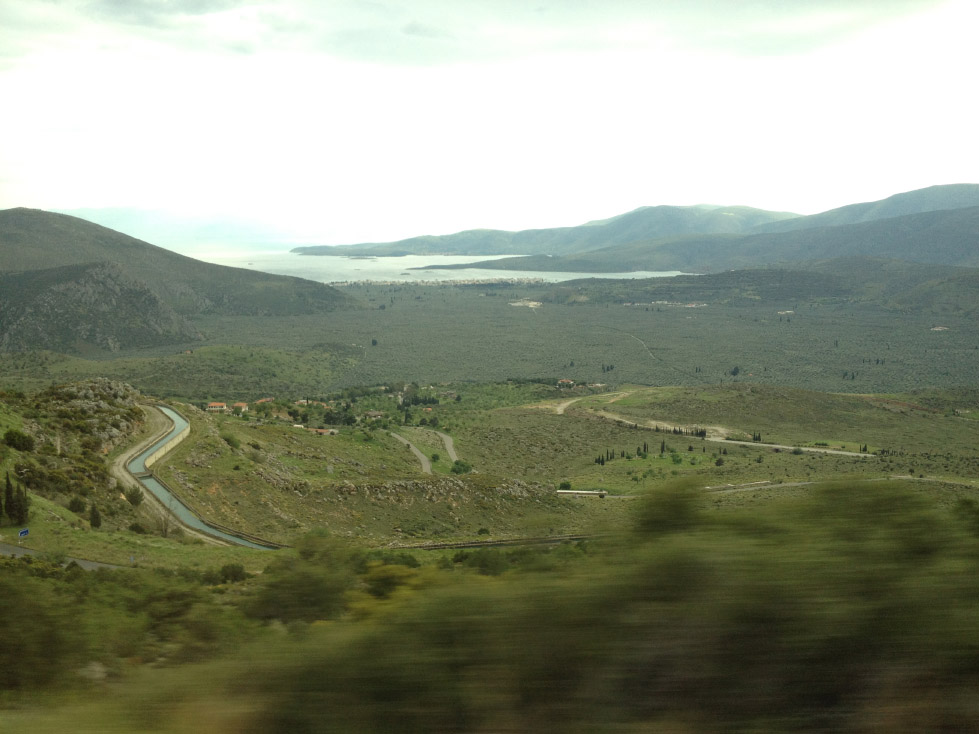
The small gray-green lumps visible in this shot from the bus are some of the 9 million olive trees that grow throughout the valley near the Itea Gulf.
We visited Delphi, home of the Oracle, whose mountain views seem like they truly might hold the answers to all of your questions, then drove to Olympia, home of the ancient Olympic games, where we each walked the length of the original stadium (a dry river bed), thinking not just of the early athletes who’d set new records here, but of the athletes who’d been physically and emotionally scarred at this year’s Boston Marathon, the day before our arrival there.
We visited the island of Hydra, where cats outnumber people and donkeys perform the work that would elsewhere be done by motorized vehicles (which aren’t allowed), then went back to Athens where we went to (where else?) the Acropolis and visited (what else?) the Parthenon.
Our last three days were spent on the island of Santorini, an optional extension to the trip and one we were SO, SO glad we opted for. Who wouldn’t fall in love with a place this beautiful — even if it sits atop an active volcano that might well have caused the demise of Crete’s Minoan civilization AND spawned the legend of Atlantis? It’s hard to worry about ANYTHING (volcanoes or otherwise) when you’re in a place that looks like this…
And this is just a tiny taste of what the trip had to offer. There are a couple thousand more photos where these came from (seriously), and just as many memories, one favorite of which was convincing Gareth to let us tie him to the mast (or pretend to) as we sailed off to hike Santorini’s volcano. It seemed like a necessary addition to our odyssey.
So, that’s it — the remarkable trip we took as part of the Greece Online course, which I highly, HIGHLY recommend to anyone looking for a smart, memorable, bookish introduction to Greece. The course is full of wise minds and kid literati (next year’s lecturers include Ashley Bryan, Suzanne Fisher Staples, and K.T. Horning). The tour is a guided trip through Greece’s most interesting history, includes the added expertise of a writer or artist in residence (Gareth gave a lecture, taught a watercolor workshop, and sketched almost constantly) but it still feels like a relaxing vacation.
In keeping with blogging protocol I will add that no one is paying me to endorse this trip, and the trip itself was not a freebie for me. I paid, in full, for everything you’ve seen and heard about in this post, and I can honestly tell you it was worth every penny. I’m SO grateful to have had this experience, and to have shared it with an terrific, open-minded, fun-loving, insightful bunch of teachers, librarians, book reviewers, and the like. I made fast friends on this trip and wish I could go on more adventures with the same wonderful crew!
For more information about Greece Online, read the details on the Examined Life website. You can also reach out to Connie Carven through the info. on the site’s Contact Us page if you have questions or want to be notified when next year’s course and travel plans are finalized. I don’t know if I’ll make it on the 2014 trip, but I hope and predict that this will NOT be my last Greece Online adventure. I hope many of you will be inspired to go too! In the meantime, let me know what YOUR favorite spots in Greece have been, so that I can add those to my list of future destinations!
Letting the E-Reader Go
Josie Leavitt - May 16, 2013
We tried. We really tried. Last year during the fourth quarter we attempted to sell e-readers and try to capture some of the folks who have switched to reading electronically. It was not a success.
We got the Kobo display from Ingram, through the ABA, and set it up. We did staff trainings on how it worked, but without a wireless connection at the store, we were hindered from the get-go about how to actually get the books on the reader. Honestly, as snazzy as the Kobo readers were, we just didn’t fall in love. I found myself feeling ambivalent about chatting them up to customers. I know other stores did well with them and I’m glad for them. I realized that getting people to buy an e-reader from me meant that in some way I might lose a customer.
My experience with people who get e-readers is after a very short while, they don’t come back to the bookstore. These same people are very used to getting their e-books from Amazon or Barnes and Noble, and breaking that purchasing track is all but impossible to do. As much as I loathe Amazon and what it’s done to the book industry, their website has become the gold standard by which all other book sites are judged. And, none of our sites really measure up.
It was a sobering moment in February when we returned all of our unsold Kobo readers. I wasn’t sad about it. It just confirmed again that what we do well, very well, is sell physical books to people. We interact with customers. They don’t get a list of “If you like this…” on a screen, they get excited booksellers asking pointed and fun questions about what they’d like to read. I would miss this if all my customers bought books online from us exclusively. I’ve come to see that the reading market has really changed.
Customers who have Kindles we almost never see anymore for their own book purchases. Thank goodness these folks have kids and still believe in books for their children. So, while we cede most of the adult book purchases of these customers to the online world, we get almost all of their purchases for their kids. And that is enough. So, our continued focus will be on reading and stocking the best books we can.
As we head into the summer I have had an internal debate with myself about whether or not we should sell eReaders, and once again have decided to let the folks with e-readers go. After being in business for almost 17 years I can see no point in chasing down the readers who are using Kindles and Nooks. Instead of spending ad dollars and using website space and counter space at the store trying to get the e-readers to buy e-books from us, or to buy an e-reader from us, we will instead focus on what we do best: selling physical books. I feel like every indie bookstore should do this more. Yes, you can still buy e-books from our website, and some folks do, but people come to a bricks and mortar store for the experience. Every day I hear from customers how much they love our store. They love the colors of the walls, the richness and playfulness of the carpets in the picture book section, the chairs, the upholstered cubes scattered throughout the store, they love the smell of the books and then they notice the actual books. These and a hundred reasons are why people will continue to shop at indies.
We provide an experience that cannot be matched online. The minute stores forget that is when we’re doomed. We cannot go head to head with Amazon or B&N (although some would dispute this) in the online world, but we can make every customer want to come back and tell their friends about this great little bookstore in Vermont. Nothing is more fun than going to any store where the people are passionate about what they sell.
I do not begrudge people their e-readers. I think there are enough different types of readers to keep us all going. I believe indies just need to be smarter about how they spend their energy. In rural Vermont, we’ve decided to focus on live customers in the actual store and give them the best experience possible. When that last-minute birthday party invitation comes in, these folks are not logging on at Amazon Saturday morning, they are at the bookstore getting our advice and buying great books for the party.
We remember if someone else already bought that book for the same party and steer you towards a different book. Oh, and we wrap, with ribbon, for free.
Great New Covers
Josie Leavitt - May 15, 2013
I know I often use this space to complain about book covers. But I’m happy to report that today I want to sing the praises of a new series of books from Vintage Children’s Classics.These books originated in the U.K. as Random House books and they are quite simply, stunning.
This line of books has a myriad of titles, all of them good, and the covers are newly updated. What I particularly love is the clever use of the back cover. All the back covers have the standard book paragraph summary. What makes them different is the “Backstory” one-sentence summation of the book. For instance the “Backstory of The Railway Children is: Find out about steam trains and learn what it was really like to be a child in Edwardian times.”
On the surface this one sentence is not that big a deal, but it is extremely helpful to have just one sentence that kids can read. Frankly, if this sentence pulls them in, then they’ll just start reading. And then, if the backstory isn’t enough, they’ve added a real teaser on all the books. For instance on Five Children and It it says: Turn to page 11 to meet the Sand-fairy! Well, who’s not going to want to read to page 11? The teaser is accompanied by a lively, very kid-friendly illustration. All the books have this and I think it’s genius. It immediately engages the reader by bringing the story more to life and creating the element of surprise and suspense.
The front covers are actually fairly simple, but they’ve struck the right tone. There is a good balance between appealing to kids and not being child-like. I especially love the cover for Five Children & It. Very cleverly, there are only four children on the cover, which I already find intriguing. (I know there is a baby, but readers won’t and that’s a neat thing.) The Sand-fairy is large and kind of creepy looking, but not scary. These covers just draw you in and the books themselves feel good in your hand, furthering their appeal.
Are there any covers out that you’ve seen lately that have struck you as quite good?
